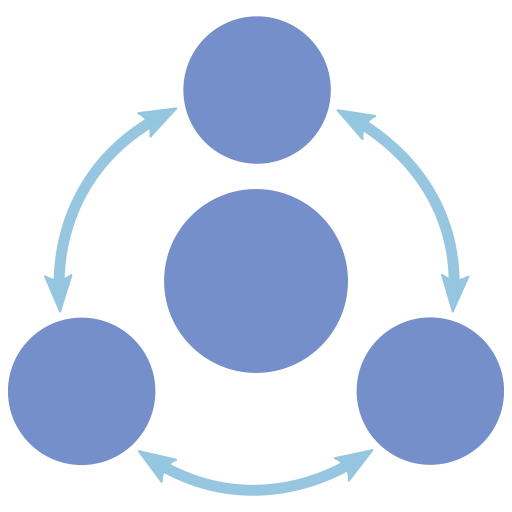Background & aims
Excretory liver failure is frequently associated with poor prognosis in critically ill patients. It is characterized by the loss of canalicular membrane export pumps at the hepatocyte membrane. The membrane export pump Multidrug resistant-associated protein (MRP) 2 is pivotal in hepatocytes for brushed membrane morphology and transport of various metabolites. In addition, MRP2 anchoring proteins of the Ezrin/Radixin/Moesin (ERM) family are crucial for the correct MRP2 location, integration, and function in different tissues. In hepatocytes, altered ERM signaling is elementary for developing excretory liver failure.
Methods
Polarized human HepaRG cells, primary human hepatocytes, and hepatocyte-specific Ezrin knockout mice are employed to investigate ERM expression and function in health and the bile duct ligation model of obstructive cholestasis.
Results
ERM-scaffolding protein Ezrin has no relevant function in maintaining the canalicular structure in hepatocytes during health and disease.
Conclusions
Homeostasis of the canalicular pole in hepatocytes is maintained exclusively by Radixin but not Ezrin, and Radixin dysfunction promotes cholestasis.






